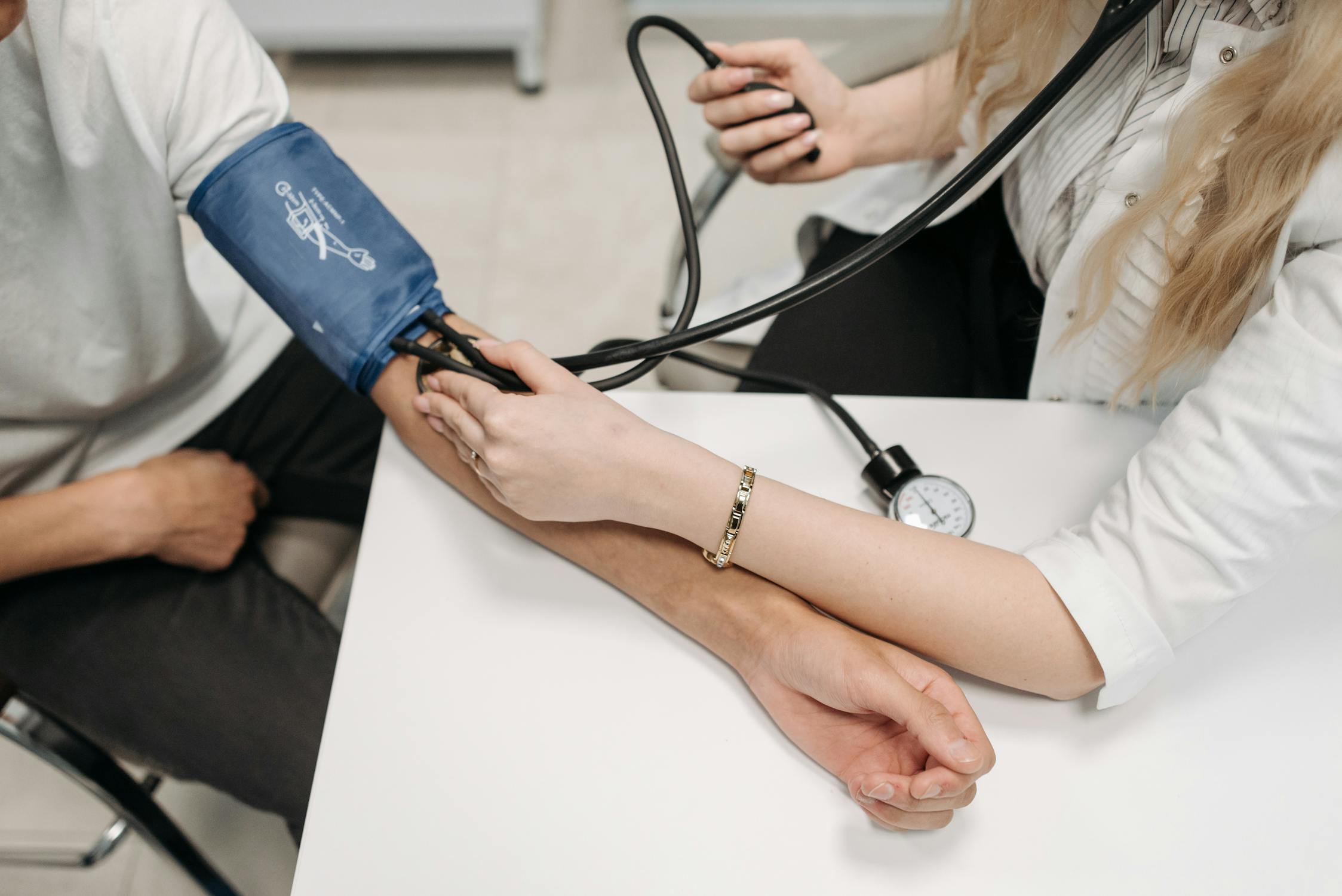
Recognize the Symptoms of High Cholesterol
While reducing salt intake in the diet is generally recommended for maintaining healthy blood pressure, in some cases, it is possible for low salt intake to cause an increase in blood pressure. This is because sodium plays a crucial role in maintaining proper fluid balance in the body, and low levels of sodium can lead to constriction of blood vessels and an increase in blood pressure.
However, the symptoms you describe such as numbness in the legs and arms, and changes in nail color are not typically associated with high blood pressure caused by low salt intake. These symptoms can be caused by a variety of underlying medical conditions, and it’s important to speak with a healthcare provider to determine the cause and appropriate treatment.
It’s always important to take any symptoms seriously and seek medical attention as needed. While some symptoms may not be dangerous, they can still indicate an underlying issue that requires attention and care.
Eating less salt in your diet is increasing your BP? Are your legs and arms numb? Are nails changing color? All these are symptoms of disease. But fear not. It may not be dangerous at all, but it should not be taken lightly either. It is a sign of increased bad cholesterol in your body. Cholesterol itself is not dangerous, but it can lead to other diseases. So don’t neglect it.
Usually when you hear the name cholesterol, you think it is very bad. But it contains two types of cholesterol. Good cholesterol helps make healthy cells in the body. But when the amount of bad cholesterol increases, fat accumulates in the blood vessels and leads to blood clots. It obstructs blood flow. A healthy diet should be taken to avoid these dangers. Follow a good lifestyle.

Signs of high cholesterol
- High blood pressure: Blood pressure increases as the percentage of fat in the blood increases, so if the BP increases without knowing the reason, cholesterol should be suspected.
- Numbness of legs, arms and feet: Don’t take numbness in your legs and arms lightly. This should be recognized as a sign of high cholesterol. This happens due to obstruction in blood flow and oxygen supply in the arteries. Blood supply is not done properly due to pain and cramping in the legs.
- Change in nail color: Fat accumulates in the arteries when the bad cholesterol in the body increases. It blocks the blood flow in the veins. Fingers and toes turn pale pink or yellow due to lack of proper blood supply. Note that this color changes happens due to more fat than it should be in the body.
People with diabetes are at an increased risk of developing high cholesterol levels. This is because high blood sugar levels can cause damage to blood vessels and lead to the accumulation of cholesterol in the arteries, increasing the risk of heart disease.
It is important for people with diabetes to undergo regular testing to monitor their blood sugar and cholesterol levels. The recommended frequency of testing may vary depending on individual circumstances, but as a general guideline, people with diabetes should have their A1C (average blood sugar level over the past 2-3 months) tested at least twice a year, and their cholesterol levels checked at least once a year.
In addition to regular testing, it’s important for people with diabetes to take appropriate actions to manage their blood sugar and cholesterol levels. This can include following a healthy diet, engaging in regular physical activity, taking medications as prescribed by a healthcare provider, and monitoring blood sugar levels at home.
It’s important to work closely with a healthcare provider to develop an individualized plan for managing diabetes and high cholesterol, as treatment may vary depending on individual circumstances and medical history.